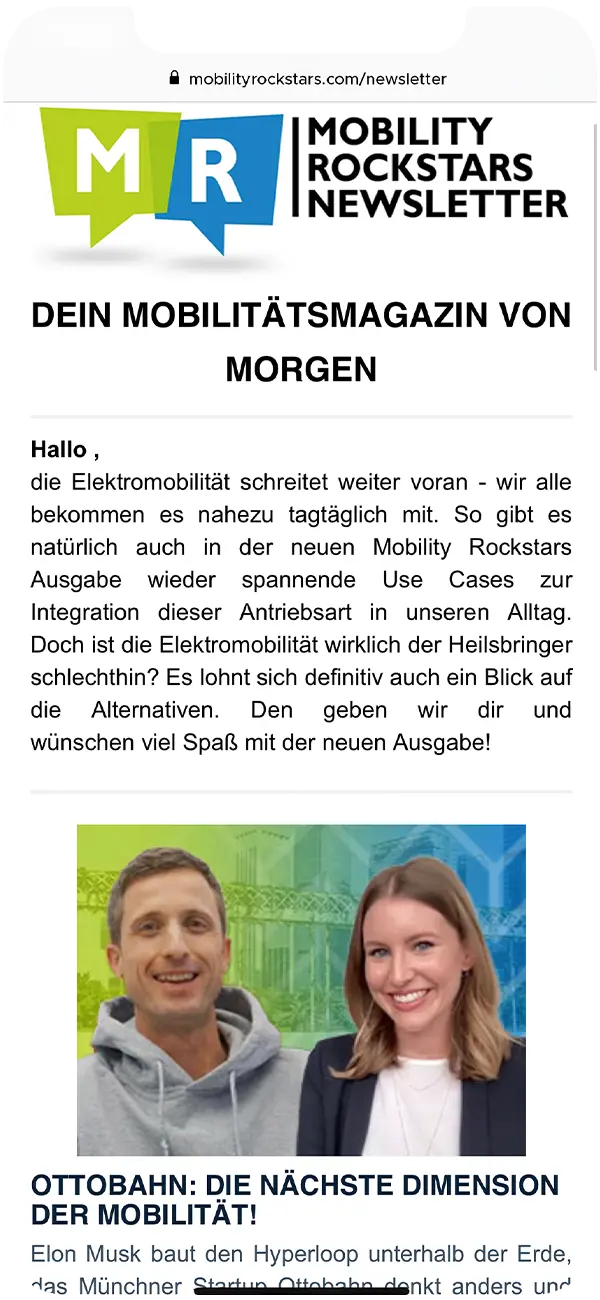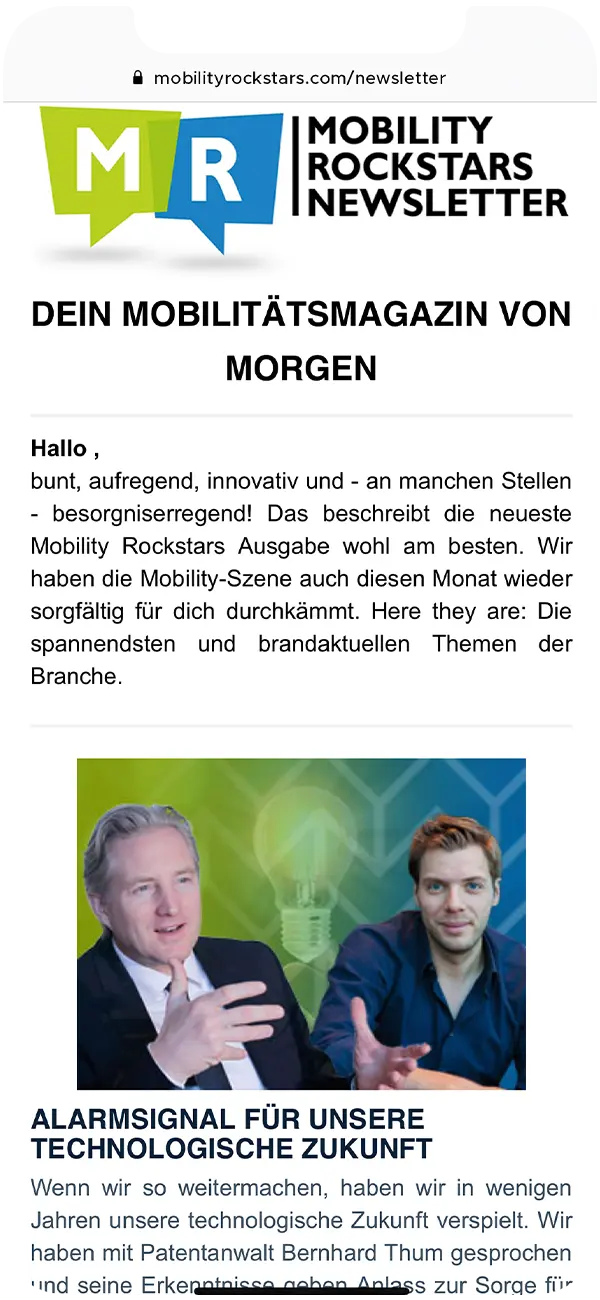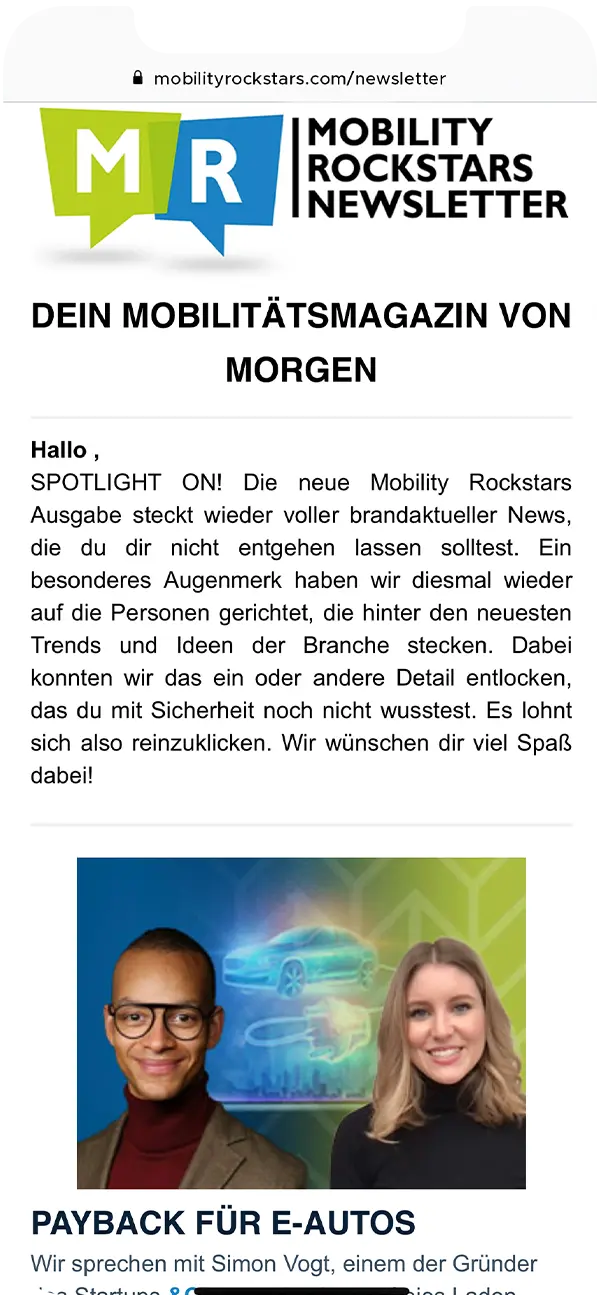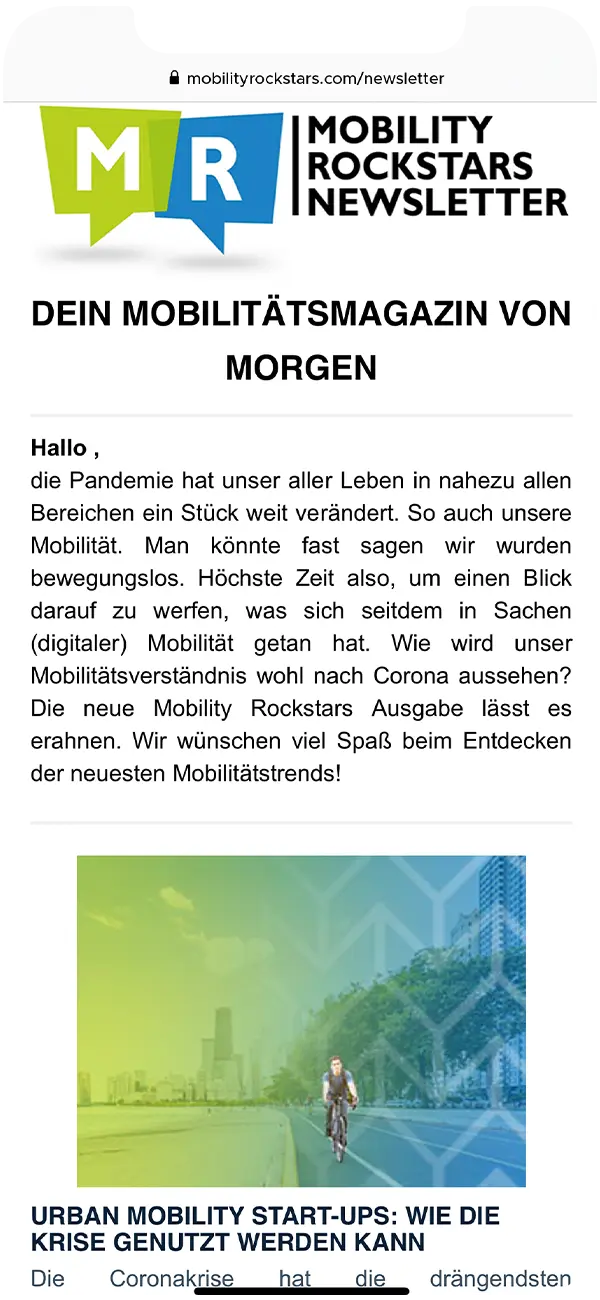Software Development in Transition – Why New Mindsets are Needed in the Industry
Software development: There is hardly a device that cannot function without extensive, prior work in the development, completion and distribution - not to mention maintenance - of software. While the world has just become accustomed to the fact that, especially in the automotive sector, not one meter can be rolled anymore, the industry finds itself faced with new challenges, some of which are even relevant to licensing, and with it software development.

Marc
Marketing Professional
4.07.22
Ca. 9 min
What makes modern software development?
The search for modern, efficient methods for software development is not a new one. Process optimization, Waterfall, Scrum, Agile – a continuous development in methodology and execution especially of large projects in automotive software development can certainly be observed, but is also not always the solution. A framework like Scrum is not only conducive to development, the process and the final product, but also re-embeds humanity and experience exchange, makes processes measurable, reproducible and ultimately billable. Indes, even in Scrum there is a certain discrepancy. For example, the product owner, in consultation with the customer, wants as many great features as possible, while the software developer wants to work at a high level with current frameworks and tools – and then there is the management, which insists on keeping to a budget.

So it becomes apparent – today more than ever – that there is not only a functional search for meaning that keeps an entire industry, an entire branch of business even, in a non-stop grip. Always on the hunt for greater efficiency, for human processes, for products that are as well thought out as possible and that have been examined from every angle. It is the mindset, a little foresight and unconditional flexibility that make modern and strong software development.
Sure: KPIs are important. Deadlines are important. Effort, quality, benefit – relevant metrics that usually determine balanced success or failure at the end of the day. But it’s not just those who cling to the traditional that can maneuver themselves into a corner. Even those who “only” remain state-of-the-art can stumble over the short innovation leaps in software development. But, and here’s the good news, there are solutions.
Agile experience, automation, extensibility
Of course, we want and need to be frank with you at this point: We have experience, and speak from just that. Experience from countless projects with well-known OEMs in the (mainly) German automotive industry. We know the requirements, we know the challenges, and we know what moves customers. So much for self-promotion – that’s not the topic of this article, but if you want to get more information, you can find many of our topics on our blog in the overview, here you can get there easily: >> click me <<
What we are getting at, however, is that the starting point for modern and efficient software development begins before the actual work, for example in requirements management. This is where it becomes clear who has foresight and who does not. Are requirements written to address all contingencies? Is it remembered that things and sometimes even aspects relevant to approval can change? One need only think of UNECEs R155 and R156 on the subject of cybersecurity, for suppliers above all in the form of ISO21434, without whose proof that the necessary requirements have been met in full, approval will no longer be granted. The EU’s new directive to allow only zero-emission new vehicles from 2035 will also move a significant change in the industry. You can read our detailed article on the emergence of the UNECE and ISO21434 here on the blog soon – so best subscribe to our newsletter or follow us on LinkedIn to not miss it.
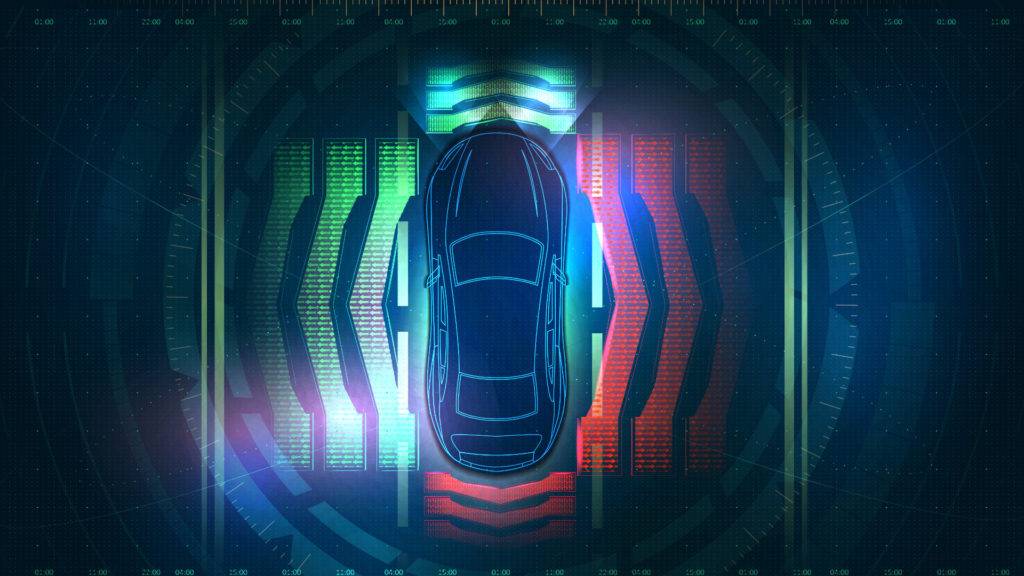
New standards in software development as of 2022
So we’re naming two new standards here that have been causing the industry to be downright excited and looking for solutions, standards, since as early as mid-2021. The accompanying software development must know these standards, and had to anticipate them. This is good news for suppliers with a watchful eye and alert developers, who have already been focusing on the topics of safety and security in vehicles for years. Those who already set a high value on functional safety (e.g. according to ISO26262) and similar aspects may face the change more confidently and score with modern, goal-oriented software development. This still works with SCRUM (and even this framework has not yet reached every department in the world), but an agile approach is still extremely beneficial, and DevOps is even an optimal solution for merging development and functional operations. How this can even be made measurable is also shown, for example, by “Dash4U”, a DevOps dashboard – if you are interested in something like this, you can find the link to the article here. DevOps is an approach that aims to ensure that the operation of the product, and thus often also the processes and tooling of the commissioning company, come from a single source and are taken into account from the start in continuous software development – which closes the circle to conscientious and perspective-based requirements management (often also called “requirements management”, or, depending on the form, “requirements engineering”). Developing today what will be on the road tomorrow is one thing, and it is not without reason that this is the motto of renowned companies in the supplier industry. However, the art of modern software development is to find out what will be on the road the day after tomorrow, from its creation to the final end of the product (in the case of cars, usually scrapping and destruction of data access points) throughout the entire lifecycle. For this, DevOps is one solution among many, but certainly a suitable one.
To end a long paragraph thematically comprehensive, the topic of automation must also be at least mentioned, which plays an enormous role especially in Industry 4.0 and in practically the largest IoT device, the vehicle. Software must therefore be scalable, extensible, and compatible with third-party systems to enable automation, over-the-air updates, and quite profound version changes at any time. According to UNECE R155, software in the vehicle must be kept safe and maintained over the entire life cycle in the future. The frameworks required for this hardly exist and must be architecturally designed, validated and implemented by the current, but even more so by the coming generation of software developers. A tremendous opportunity that the industry may face intensively as rarely before.
Software development in the focus of modernity – the conclusion
So if you’re looking for a career in software development today, you’d be well advised. Cognizant Mobility also offers many opportunities for this, which is why we are happy to provide you with a link to the career portal -> just click here.
However, it can certainly be stated that this branch of the profession is in the midst of a – we use the current trend word in politics and feature articles – turning point in time and must undergo a profound transformation. Gone is the leisurely pace in secure order situations. Chip crises, cobalt shortages, new UN requirements, and on top of that the advance of e-cars, autonomous driving cars and synthetic fuels like e-fuels – feel free to watch our very worthwhile interview with a study group from Darmstadt University of Applied Sciences. Challenges await that have never been posed before, for which there are no empirical values, no previous thinkers, no precedents. However, we are absolutely looking forward to not only tackling this exciting future, but actively helping to develop it in order to take the automotive industry and software development to a new level. And we are happy if you accompany us a little bit.



